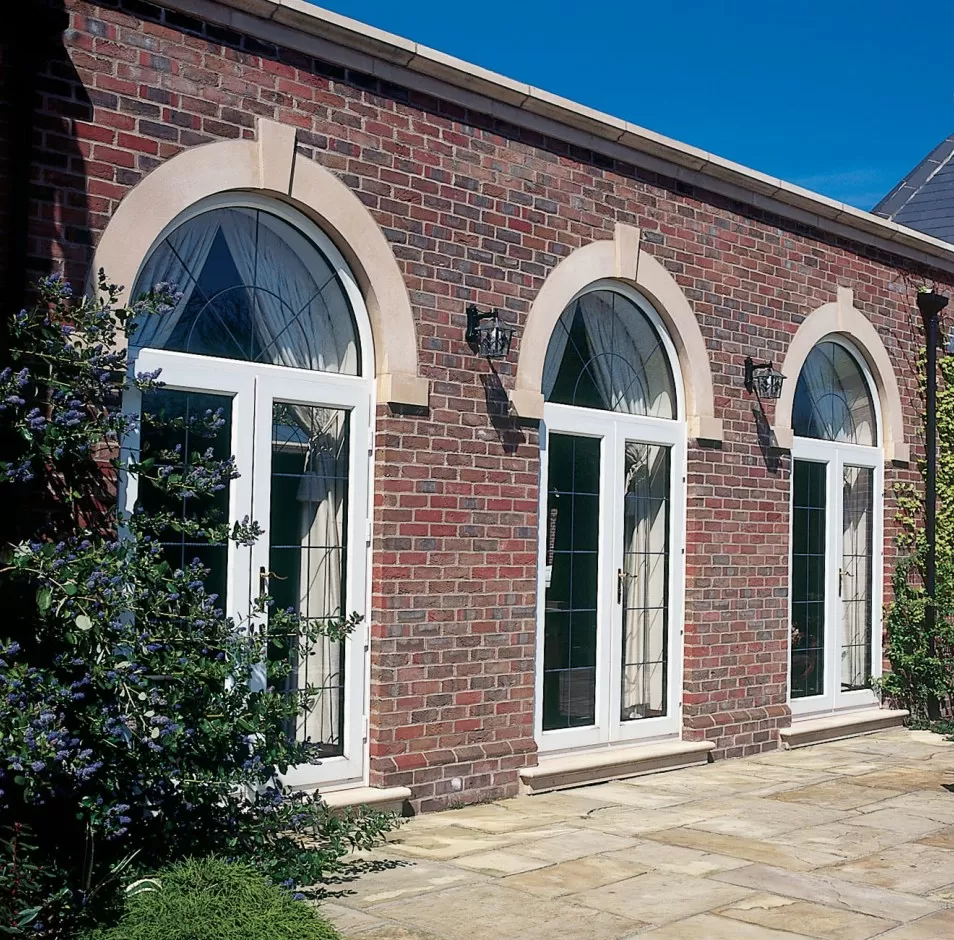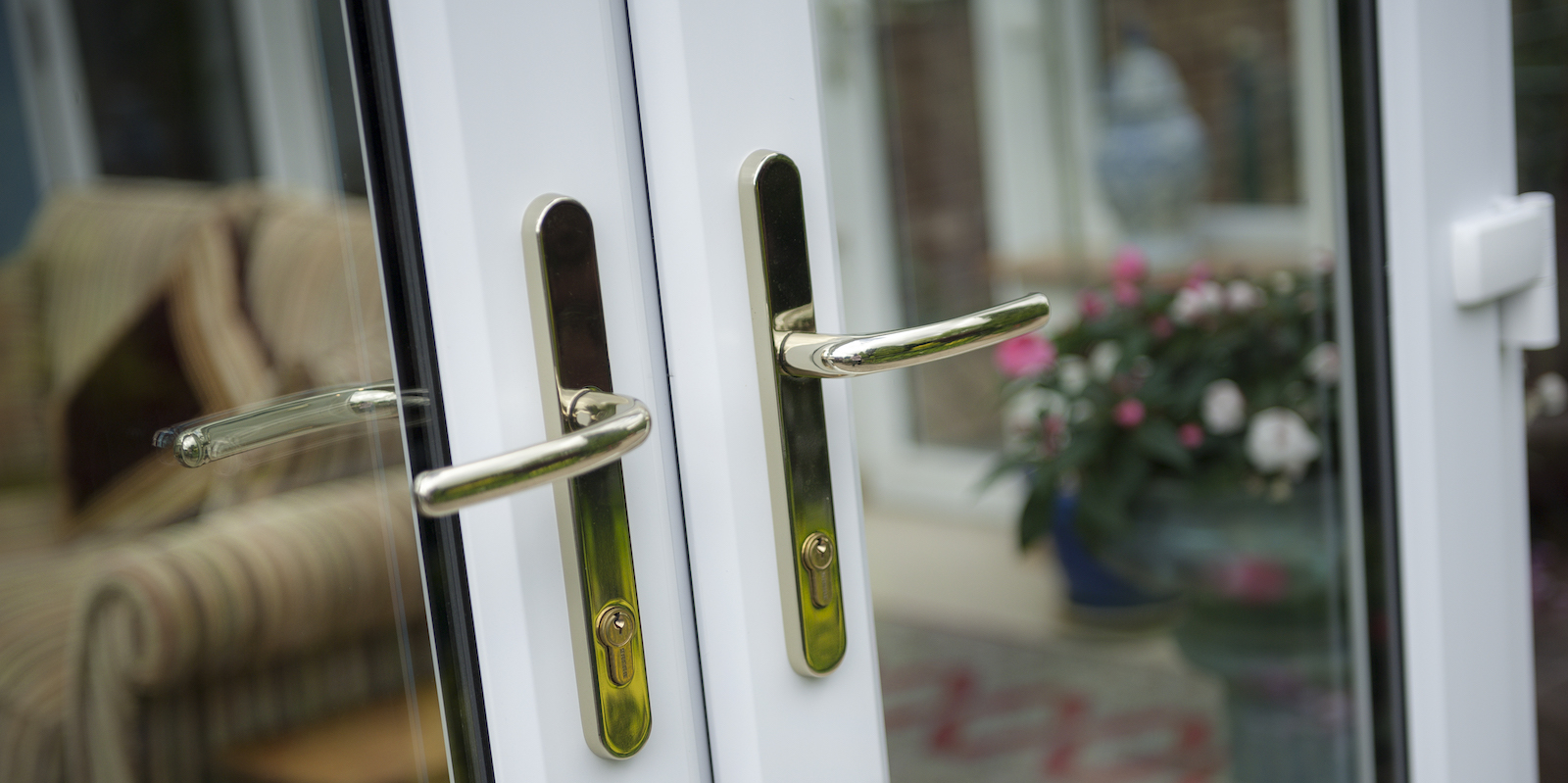Wooden French Door Repairs Explained In Fewer Than 140 Characters
Wooden French Door Repairs: A Comprehensive Guide
Wooden French doors are not just a stylish architectural feature but likewise allow natural light to flood into living spaces while offering a connection to the outside environment. Nevertheless, like any wooden structure, they can suffer wear and tear due to ecological aspects, routine use, or even bad maintenance. This article provides a detailed guide on how to repair and maintain wooden French doors to ensure they stay functional and visually pleasing.
Common Issues with Wooden French Doors
Before diving into repair methods, it's essential to comprehend a few of the common issues that wooden French doors may experience:

| Common Issues | Description |
|---|
| Deforming | Brought on by humidity variations, causing trouble in closing. |
| Splitting | Frequently an outcome of dry air or bad sealing. |
| Decomposing | Typically triggered by wetness exposure and lack of maintenance. |
| Misalignment | Arise from modifications in the structure or frame moving over time. |
| Weatherstripping Damage | Wear and tear on seals that avoid drafts. |
Tools and Materials Needed
To successfully repair wooden French doors, having the right tools and products at hand is essential. Below is a list of helpful tools and materials:
Essential Tools:
- Screwdriver
- Hammer
- Sculpt
- Wood glue
- Sandpaper (various grits)
- Paintbrush or roller
- Determining tape
- Level
- Caulking gun
Recommended Materials:
- Wood filler
- Weatherstripping
- Primer and paint or wood stain
- Replacement parts (hinges, locks, etc, if needed)
Step-By-Step Repair Guide
1. Check the Doors
Before any repair can start, take some time to thoroughly check the French doors for any visible damage. Search for:
- Cracks or divides in the wood.
- Signs of warping (doors not closing appropriately).
- Areas of rot or decay, particularly at the bottom of the door.
- Any damaged hardware, such as hinges or locks.
2. Dealing with Warping
If you find your doors have distorted, follow these actions to remedy the problem:
- Remove Humidity: Use a dehumidifier in the affected area to lower indoor humidity levels.
- Strengthen the Structure: You might require to include assistance braces inside the frame.
- Secure the Door: Use secures to hold the door in place while using moisture directly to the deformed location-- be careful not to over-saturate the wood.
- Permit to Dry: Once secured, let the door set for 24-48 hours to allow it to return to its original shape.
3. Fixing Cracks
For minor cracks, follow these procedures:
- Clean the Area: Remove any loose debris and dirt around the fracture.
- Fill the Crack: Use wood filler or epoxy for larger spaces. For smaller sized fractures, clear varnish may suffice.
- Sand and Paint: Once cured, sand the location smooth and finish with paint or stain to match the existing door.
4. Fixing Rotting Wood
Dealing with rot requires more extensive work:
- Identify the Rot: Look for soft areas that suggest decay.
- Cut Out the Rotted Sections: Use a chisel or saw to eliminate the harmed locations, ensuring to leave strong wood behind.
- Apply Wood Hardener: Treat staying wood with a wood hardener to strengthen it.
- Spot with New Wood: Fill the missing sections with new wood, guaranteeing it's level with the existing door.
- Seal: Use exterior-grade paint or stain to finish and secure against wetness.
5. Adjusting for Misalignment
If your doors don't close effectively, changing the hinges may help:
- Check the Alignment: Use a level to see how off-balance the door is.
- Tighten or Replace Hinges: Often, misalignment is due to loose hinges. Tighten them or replace if required.
- Rearrange the Door: If changing hinges doesn't work, you might have to rearrange the door within the frame.
6. Changing Weatherstripping
Proper sealing is necessary for energy efficiency:
- Remove Old Weatherstripping: Pry off the old product carefully to avoid damage to the door.
- Tidy the Surface: Make sure the surface is smooth before using brand-new weatherstripping.
- Set Up New Weatherstripping: Measure and cut brand-new weatherstripping to fit the door, then push it into place securely.
Maintenance Tips to Extend Lifespan
Routine maintenance can prevent a lot of the issues mentioned:
- Annual Inspections: Check for signs of damage or use a minimum of once a year.
- Repainting/Staining: Every couple of years, think about repainting or restaining to keep the wood's condition and secure against moisture.
- Humidity Control: Keep indoor humidity levels steady to avoid warping and splitting.
Regularly Asked Questions (FAQs)
1. How often should I examine my wooden French doors?
It is advisable to conduct an inspection a minimum of as soon as a year, with more regular checks in severe weather conditions.
2. Can I use regular paint on wooden French doors?
It is best to use exterior-grade paint or stain specifically designed for wood surfaces for included security versus components.
3. What's the best method to prevent rot in wooden doors?
Routine maintenance, appropriate sealing, and making sure correct drain around the door area can help prevent rot effectively.
4. When should I replace my French doors instead of repairing them?
If the structural stability is compromised, or if the cost of repairs exceeds that of replacement, it may be time to buy brand-new doors.

5. Are wooden French doors energy-efficient?
With appropriate sealing and maintenance, wooden local french door repair doors can be energy-efficient, assisting to manage internal temperatures.
Wooden French doors can improve the beauty of any home, but they require regular maintenance and timely repairs to keep them looking great and working well. By understanding common issues, employing reliable repair methods, and following maintenance best practices, property owners can ensure their wooden French doors stay a charming and durable function of their home for years to come.

